How to get rid of blue bottle flies in house U.K.? | blue bottle flies in house U.K.
In this world, there are more than ten thousand species of flies. Some species are also distributed in the U.K. There are only a few major species, but it is better to know about them. Let’s know about the type of flies found in the U.K. to understand better.
Types of Flies in the U.K.
Bluebottle Fly
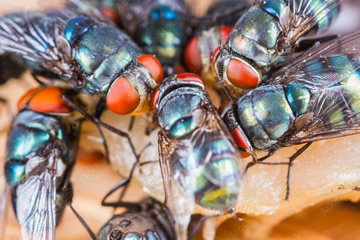
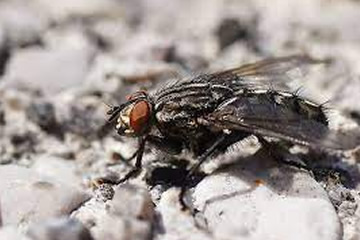
Autumn Fly
Cluster Fly
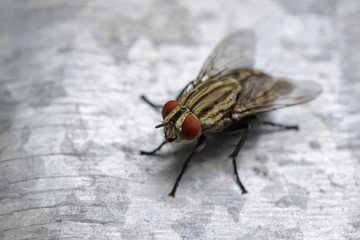
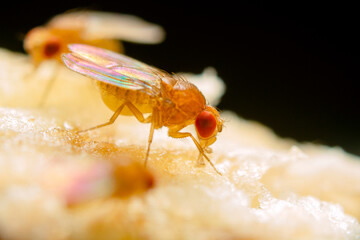
Fruit Fly
House Fly
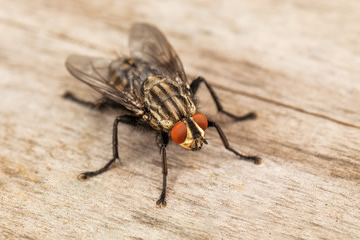
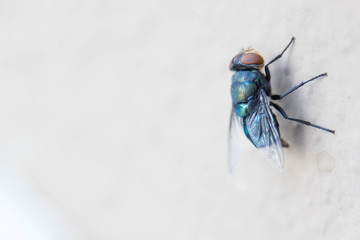
Let’s learn more about Bluebottle Fly
Bluebottle fly is identified as Calliphora vomitoria. These species belong to the family Calliphoridae. They are associated with rotting food and flesh. They are also highly attracted to dung and faeces. Because of its healthy feeding, it is very
contagious to spread diseases. But do not judge them harshly; they also recycle nutrients and make the world cleaner. Their major dietary supplement is sugar and nectar from the flowers.
Their size is 12- 14 millimetres; their body has a metallic blue colour, it is slightly bigger than a housefly, and it has red eyes. The pollen grain sticks to their body while they are feeding on nectar, and when they sit from one flower to another, they promote pollination and the growth of many fruits and vegetables. They are also used in the artificial breeding of vegetables these days.
They have no affiliation to nests, either. They do not build any structure to live in. Instead, they meander from one place to another.
Season They Are Active in-
The Bluebottle flies generally hibernate during the winter season and are active in the spring and summer seasons. Nevertheless, if they find a warm, cosy place to stay, they go on to continue their feeding and reproduction activity. They easily enter the house through open windows and doors. They can also enter via gaps in high roofs or cracks in the wall. Any house or building opening is an opportunity for them to infest. After entering your house, the first thing they do is lay eggs and search for food. Once they have populated under your roof, getting rid of them is difficult.
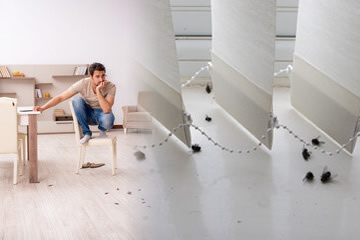
The Dangers of Infestation
and stronger than other flies, it is much harder.
One of the most dangerous facts is that the Bluebottle fly also lays eggs in people’s food. They travel and sit in many unclean places, and it is very common for them to spread disease. This can risk your health and cause severe damage. It is disturbing even to think about where they have come from, but you cannot ignore it.
By accidentally swallowing their eggs, you can be diagnosed with Myiasis. It is a highly critical situation because now, the larva will feed on your tissue for its growth. It will cause you severe abdominal pain and other illnesses. Some cases of Myiasis occur when these flies infest you via open wounds. Because they are attracted to decayed and damaged things, they sit on your wounds and either spread disease or lay eggs.
Diseases the blue bottle flies carry:
- Typhoid
- E.coli bacteria
- Dysentery or Diarrhoea
- Anthrax
- Low probability of Tuberculosis
- Staphylococcus bacteria
- Streptococcus bacteria
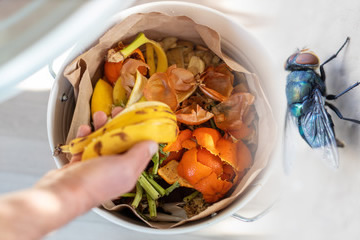
How do they enter our home?
The blue bottle flies flourish on organic things and foods. And since our home has no limit to organic food and fruits and vegetables, they enter our home. In the wild habitat, they feed on the open wound of the animals. The flies do not bite; instead, they release acid through the sucking region of the mouth. The acid is produced in their stomach to digest whatever they are feeding.
Temperature is also one of the important factors which contribute to their presence. They are mostly active during the spring and become powerful during the summer. The flies have a maximum life span of 6-7 weeks. Their life is short, but their reproduction rate is higher, making them abundant creatures.
A particular characteristic about the females of bluebottle flies is they lay their eggs where they are feeding. It happens mostly on the surface of some animals’ flesh, organic waste, or faeces. The eggs then complete their cycle as larva, next pupa, then finally, an adult. The development of this egg takes about 2 weeks. But, they lay thousands of eggs which is more than enough to sustain their population. The newborns then feed on the meat they hatch on.
Methods to get rid of Bluebottle flies
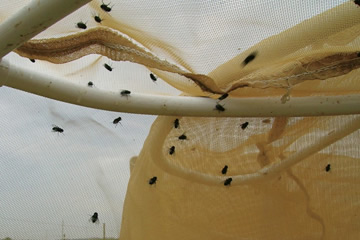
Eradicating the breeding source Bluebottle Fly
- Carefully identify their breeding source. Remember what you already know about Bluebottle flies, what they feed on, and which place will suit them most. For example, look for decayed matter around your home or the places in your home you don’t go to much, which can be easily accessible from outside.
- Clean the place thoroughly. Washed it and put trash cans with tight-fit lids. Disposed of all the garbage and stinking material from there.
- Use borax and water, which will remove all the traces of the flies in that area.
Eliminating Adult Bluebottle flies
After eliminating the breeding source of the Bluebottle flies, the only thing left is the adult bottle flies. When you eliminate these bluebottle flies from the house, all your problems will be solved because there will be no place of breeding for the population to emerge from. Let’s discuss the method you can use to get rid of them once and for all.
- Fly Papers- These papers have a unique scent irresistible to the flies and attract them. These fly papers are quite sticky, so what happens is that when the fly sits on these papers, they get stuck and can’t move or fly. These fly papers are easily available in the market at a low cost.
- Disposable fly traps are plastic fly traps; when it is filled with water, these tarps release a strong fragrance that draws the flies into them. Because of the design of the tarps, when the blue bottle fly enters it, it cannot move or exit and traps itself in it.
- Chemical sprays- These chemicals can easily kill or eradicate the bluebottle fly. These sprays have an extremely quick response, which is why it is the choice of many people. But, one important thing about these sprays is that they are highly toxic and are not safe for the environment. They also have a bad effect on children and pets.
Another very effective method to ward of blue bottle flies- Our Fly Repellent Fan
How to use a fly repellent fan to get rid of blue bottle flies in the house?
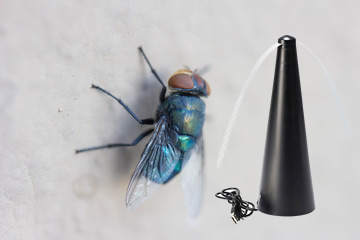
1. Insert batteries in the fan
2. Switch the repeller ON
3. When the unit starts rotating, the soft plastic wings will expand and keep flies in the vicinity away.
4. Please note, when D.C. power is connected, battery power is automatically disconnected
Want to get hold of our innovative fly repellant fan? Shop here.

